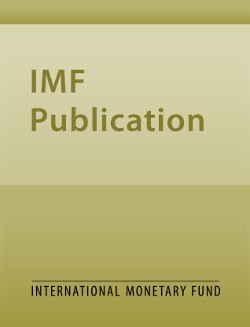
Identifying Reform Priorities: The Role of Non-linearities
Identifying Reform Priorities: The Role of Non-linearities
READ MORE...
Volume/Issue:
Volume 2020
Issue 278
Publication date: December 2020
ISBN: 9781513563909
$18.00
Add to Cart by clicking price of the language and format you'd like to purchase
Available Languages and Formats
| English |
Prices in red indicate formats that are not yet available but are forthcoming.
Topics covered in this book
This title contains information about the following subjects.
Click on a subject if you would like to see other titles with the same subjects.
Economics- Macroeconomics , Economics / General , International - Economics , Structural reforms , Random Forest , Business climate , Shapley values
Summary
Can countries improve their business climate through reforms in specific policy areas? Kraay and Tawara (2013) find that the answer depends on how we measure the business climate. When regressing seven different business climate indices on 38 policy indicators, they find little agreement among the seven models as to which of those policy indicators matter most. I revisit this puzzle using the same data but replacing their linear models with a Random Forest algorithm. I find a strong consensus across models on the importance ranking of policy indicators: No matter which business climate index is considered, the top ten contributors to a better business climate always include high recovery rates in insolvency proceedings (i.e., cents on the dollar for creditors), shorter border formalities for both importers and exporters, and low costs for starting a business. I show that the marginal effect of reforms is heterogeneous across countries and document how reform priorities depend on country specific circumstances.
Copyright © 2010 - 2024
Powered by:
AIDC



